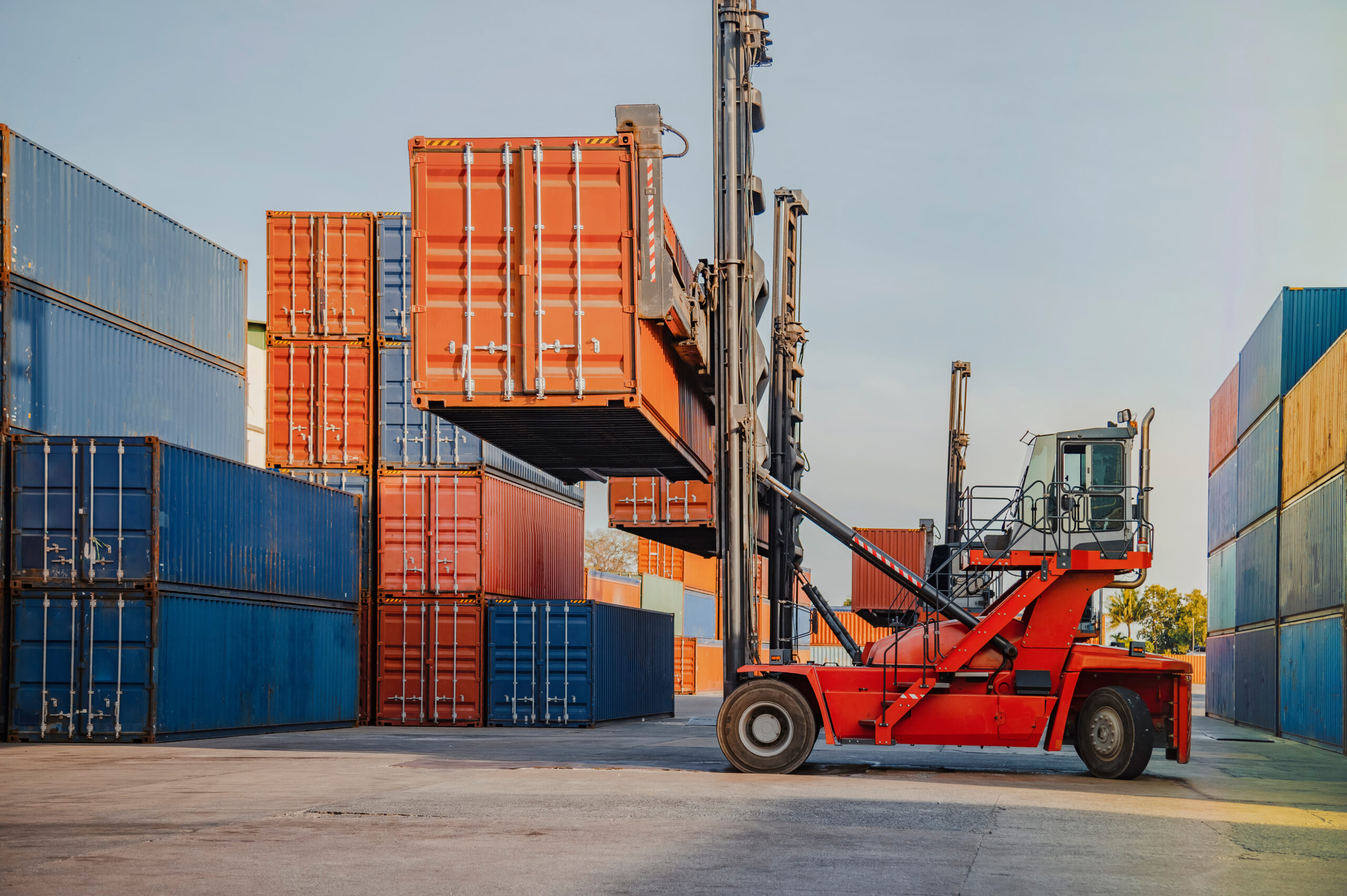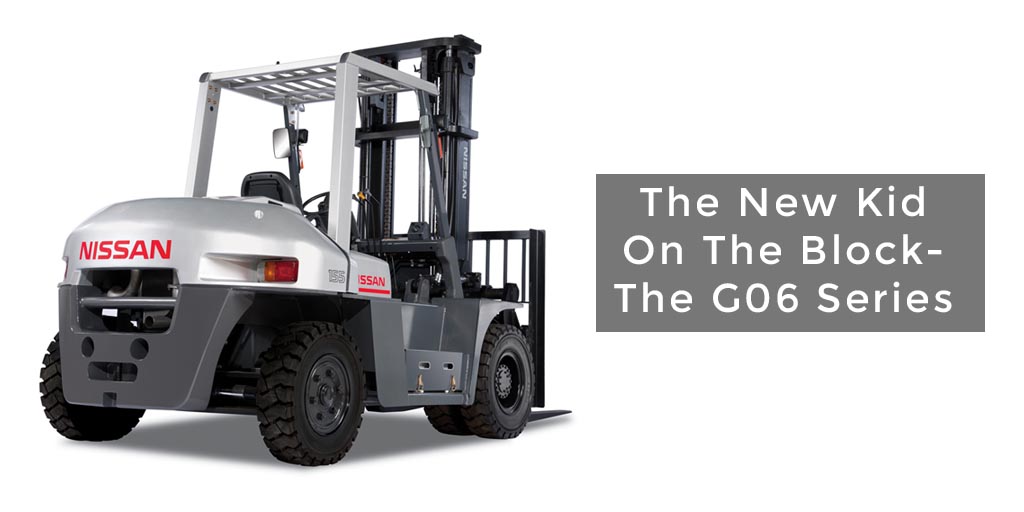
Forklift trucks are indispensable machines in various industries, providing efficient and reliable material handling capabilities. One critical aspect of operating a forklift truck safely is understanding its load capacity. Load capacity refers to the maximum weight a forklift can safely lift and carry. It is essential to comprehend the importance of load capacity and its limitations to prevent accidents, protect workers, and maintain optimal efficiency. In this blog, we will explore the significance of forklift truck load capacity and its limitations to promote safe and efficient operations.
Understanding Load Capacity
Load capacity is a crucial specification for forklift trucks, indicating the maximum weight they can handle. Exceeding the load capacity poses significant risks, such as tip-overs, loss of control, and potential injury to operators and bystanders. The load capacity is typically indicated on the forklift’s data plate, which should be easily accessible and clearly visible on the machine.
Importance of Load Capacity
Safety: Adhering to the load capacity limits is paramount for ensuring operator and workplace safety. Overloading a forklift can lead to tipping incidents, causing severe injuries or even fatalities. By understanding and respecting load capacity, operators can maintain a safe working environment.
Equipment Protection: Forklifts are engineered to handle specific load capacities. Overloading the machine can strain its components, leading to accelerated wear and tear, increased maintenance costs, and potentially expensive repairs. Respecting load capacity helps preserve the forklift’s longevity and operational efficiency.
Product Protection: Overloading a forklift truck can damage the products being transported. Excessive weight may cause goods to shift, fall, or become crushed, leading to product loss, damage, or potential injury to workers nearby. Following load capacity guidelines ensures the safe transportation of goods without compromising their integrity.
Limitations of Load Capacity
Load Distribution: The load capacity of a forklift assumes an evenly distributed load. Irregular load distribution, such as concentrated weights or unstable loads, can affect the forklift’s stability and handling. Proper load distribution and securing techniques are crucial for maintaining safe load capacity utilisation.
Vertical and Horizontal Reach: Forklift load capacity can vary depending on the lift height and the extension of the load beyond the front wheels. The higher the lift or the further the load extends, the lower the load capacity may become. Operators must understand these limitations to prevent tip-overs or loss of control due to compromised stability.
Environmental Factors: The operating environment can impact a forklift’s load capacity. Slopes, uneven surfaces, and limited manoeuvring space can affect the stability and overall handling of the forklift. Operators must assess these factors and adjust the load capacity accordingly to maintain safe operation.
Forklift Configuration: Different forklift models and configurations have varying load capacities. It is crucial to consult the manufacturer’s guidelines and specifications for the specific forklift model being used. Using a forklift beyond its designed load capacity can result in hazardous situations and compromised safety.
It is clear that understanding forklift truck load capacity is vital for promoting safety, protecting equipment, and maintaining operational efficiency. All operators should be fully aware of the importance of adhering to load capacity limits and be aware of the limitations that affect load capacity. By following the guidelines outlined in this blog, forklift drivers can ensure safe and effective material handling operations and a secure and productive workplace environment.









